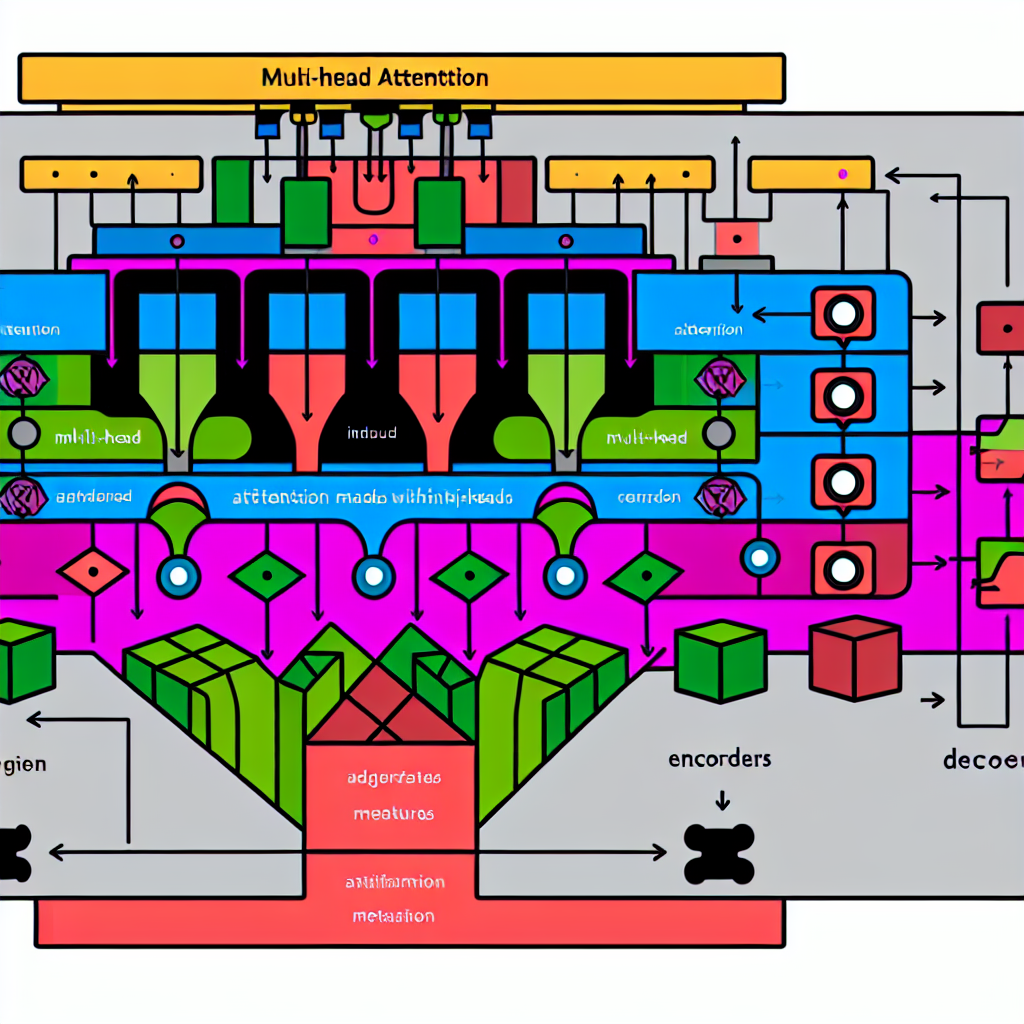LLM 2025: Advanced Insights into GPT-4 and Natural Language Generation
Table of Contents
Understanding LLMs and GPT-4
Large Language Models (LLMs) are AI systems trained on vast text datasets to predict and generate language content. GPT-4, a pinnacle of this technology, builds on its predecessors’ strengths with increased parameters and training data, enhancing its capabilities in natural language generation. Unlike earlier versions, GPT-4 handles contextually nuanced tasks, making it an invaluable tool for automating customer service, content creation, and language translation. Its proficiency lies in creating text that closely mimics human speech, understanding context, and generating relevant responses.
Advanced Applications of LLMs
LLMs like GPT-4 are pivotal in numerous fields. In customer service, they automate responses to customer inquiries, reducing operational costs and enhancing customer satisfaction. In healthcare, LLMs assist in patient consultations and data analysis, potentially diagnosing diseases faster than traditional methods. Academic realms benefit significantly as LLMs automate grading systems and generate teaching material while researchers use them to identify trends in peer-reviewed literature.
Frameworks Leveraging LLMs
Leading AI frameworks such as TensorFlow and PyTorch are optimized for deploying LLMs. These frameworks are integral in developing robust AI applications, allowing customization and scalability in LLM solutions. Explore guide on AI integration in enterprise systems to harness these frameworks effectively.
Emerging Trends in Natural Language Generation
In 2025, trends in LLMs and natural language generation focus on minimizing biases and enhancing ethical AI. Progressive developments aim to create LLMs with built-in fairness detection mechanisms, ensuring diverse data representation. Additionally, real-time language translation and multilingual support are gaining traction, enabling seamless global communication. Discover more in our article on ethical AI practices.
Another trend is the personalization of AI-generated content, fine-tuning models to cater to individual preferences, which significantly enhances user experience.
Real-World Examples and Case Studies
An example of LLMs in action includes their use by financial firms automating report generation, saving time previously spent on manual data entry. Another case is educational platforms employing LLMs to create adaptive learning modules, personalizing education for better student engagement.
For an authoritative perspective, MIT Technology Review’s exploration of LLM applications provides further insights into industry transformations.
Frequently Asked Questions
What is a Large Language Model (LLM)?
An LLM is an AI model trained on enormous text datasets to understand and generate human-like language.
How does GPT-4 differ from previous GPT models?
GPT-4 offers enhanced capabilities with more parameters and training data, handling contextually complex tasks more effectively.
What are common applications of LLMs?
LLMs are used in customer service automation, content creation, language translation, and data analysis.
What are the challenges with LLMs?
Challenges include handling biases, ensuring data privacy, and maintaining ethical standards in AI-generated content.
Conclusion and Future Directions
LLMs like GPT-4 are at the forefront of AI-driven language transformation, offering unprecedented capabilities in natural language generation. As we look to the future, the focus will be on refining these models to ensure they are ethical, unbiased, and adaptable to a myriad of applications across industries. Join our community newsletter for the latest updates and insights into AI advancements. With ongoing enhancements, the potential for LLMs remains vast, urging data scientists and developers to explore and innovate continuously.



